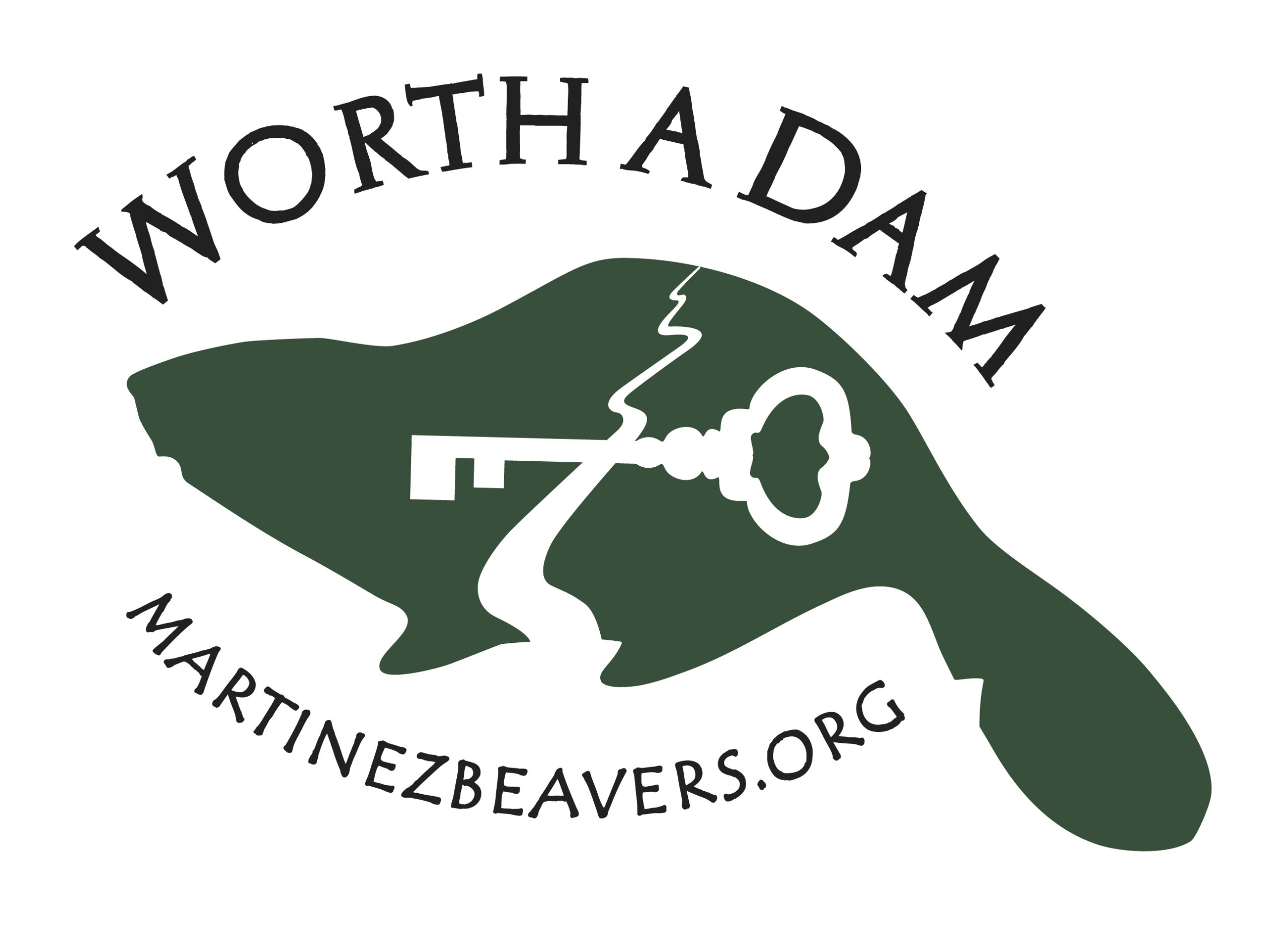Lovely letter this morning from Caitlin Adair of Vermont about how property owners can help save water and mitigate storm damage. When I looked her up I saw that she was friend and neighbor of Patti Smith, which makes a lot of sense. (Patti is the wonderful artist and writer behind ‘the beavers of popple’s pond.) Caitlin’s letter is full of great suggestions that you should read and implement, but obviously the last one is my favorite.
Individuals can help make area more flood-resistant
What can we do, as individuals, to turn all the rain that a big storm brings into an asset rather than a disaster? You can look at your property or backyard and see what you might do to stop or slow the flow of water into nearby rivers. A few sandbags placed along a natural pathway for water runoff could prevent erosion and slow flooding. A more permanent solution might include building earth berms in these places or directing roof or driveway runoff into a rain garden.
Finally, beaver dams and beaver ponds also help rainwater to stay where it falls, soak in slowly, and restore aquifers. Beavers are the original wetlands engineers. Let’s support their work for the benefit of all.
Well said, Caitlin! And a great time to say it when folks are thinking about the effect of storms. From now on you are officially a friend of Worth A Dam.
 Yesterday I was asked by Michael Howie of Fur Bearer Defenders to do a webinar presentation of our story for their Compassionate Conservation Week at the end of next month.
Yesterday I was asked by Michael Howie of Fur Bearer Defenders to do a webinar presentation of our story for their Compassionate Conservation Week at the end of next month.
This unique event replaced our traditional Living With Wildlife conference by utilizing webinar technology that can bring together speakers from around the world, with audiences from around the world. Anyone with a computer and an internet connection can attend or participate as a speaker (though speakers will need a microphone, which is quite inexpensive). Each day we will showcase two to three webinars from a variety of speakers, all of which help wildlife advocates, researchers, students, and animal lovers get their communities on track with the concept of compassionate conservation.
We talked about my doing it last year but the timing was a problem. This year things look better so I agreed. I haven’t done a powerpoint presentation since my early days on the subcommittee, so I will need to do a little work to get ready, but I’m happy to help. We are heading for a vacation at the coast next week and I’m hopeful that some ideas can come together along the way. If it all works out, I’ll give you the specifics so you can attend or listen later. Stay tuned!
Every now and then some new gadget or technology catches my eye and I can just see how this could be incorporated into a wonderful activity. Two weeks ago it was the sticker books from Moo printing, which I must have seen on another website looking for information about children’s crafts. Each book contains 90 stickers printed according to your instructions. Everyone could be different if you like. And the entire set costs just 10 dollars.
I thought I’d try one out just to see if I liked it.
How remarkably cute is this little book? The stickers are the size of postage stamps. I know what you’re thinking. How does this relate to beaver education? I’ll tell you how. Suppose each sticker book is a different species, birds, fish, dragonflies, frogs etc. And suppose kids had to ‘earn’ each sticker from the exhibitors by learning how beavers helped that animal. And suppose kids were given a card printed with an inviting keystone image on which to place their gathered stickers. A ‘Keystone Keepsake’ let’s call it. Like this for instance.
The physicality of placing that sticker on the card does a lot to really make the ecosystem connection. As you can see the possibilities are practically endless. I talked with Mark Poulin last week about reusing his very fun images he did as buttons one year. He gave permission and thought it was a great idea. Then I pulled together a keystone image with the fun illustration of Jane Grant Tentas, and it all came together. We could do 15 species for 150 dollars for 90 children, and I bet if I poke Moo a little bit I might get a bit of a donation because look how I’m plugging their adorable product!


